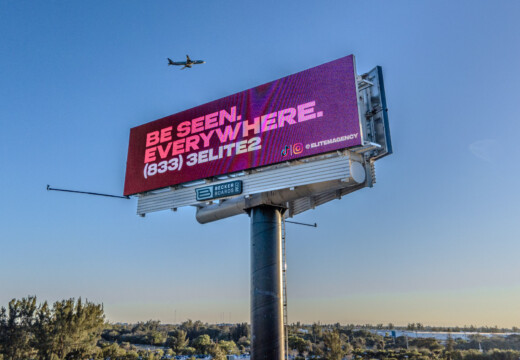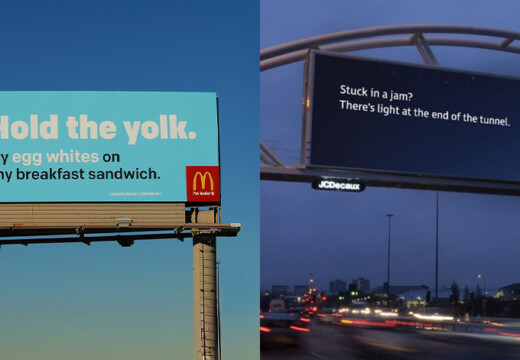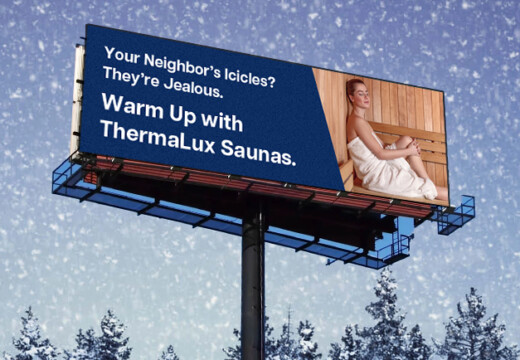Behavioral targeting has transformed out-of-home (OOH) advertising into a data-driven approach that delivers personalized messages at the right time and place. Here’s what you need to know:
Key Takeaways:
- What is it? Using tools like location data, weather trends, and audience movement to tailor ads.
- Why it works: It shifts OOH from static ads to dynamic, real-time campaigns.
- Results: Increased engagement, app downloads, and foot traffic for brands.
5 Case Studies:
- Nike’s Marathon Billboards: Leveraged geofencing and real-time data to target runners (details pending verification).
- Burger King’s Whopper Detour: Used geofencing near McDonald’s to offer $0.01 Whoppers, driving app downloads by 1.5M in 9 days.
- Guinness Weather Campaign: Adjusted billboard messages based on local weather, boosting pub visits and sales.
- Betterment’s City Ads: Targeted urban professionals with billboards in high-traffic areas, increasing brand recognition and app engagement.
- Expedia’s QR Code Airport Ads: Used QR codes on airport billboards to promote location-specific vacation deals, driving high traveler engagement.
Why It Matters:
Data-driven OOH advertising combines location targeting, real-time adjustments, and performance tracking to boost results. These campaigns show how brands can use behavioral insights to connect with audiences in impactful ways.
Digital Billboard Capabilities: Weather Triggers | Lamar …
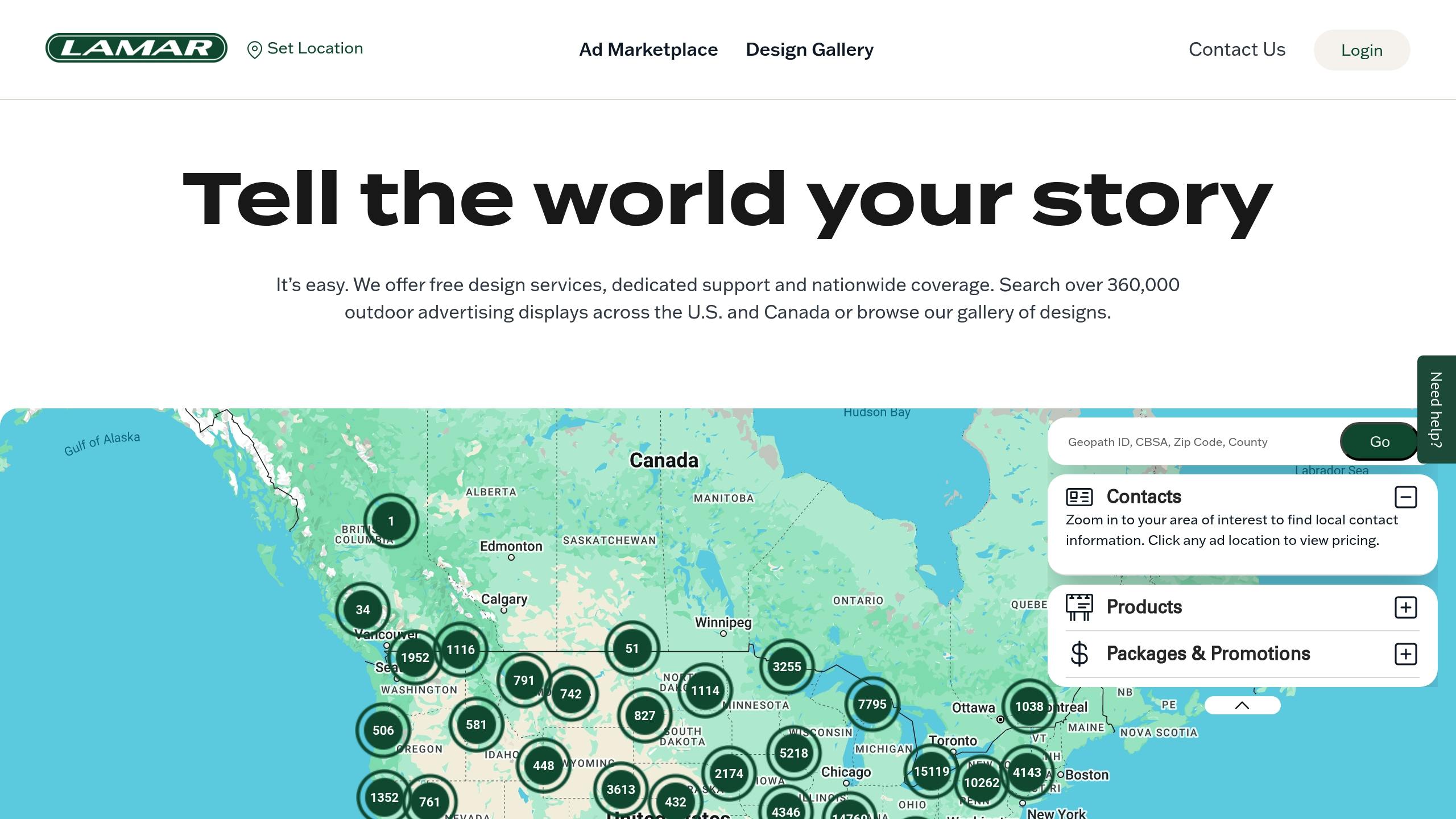
Case Study 1: Nike‘s Marathon Billboards

Details about Nike’s marathon billboard campaign are still being verified. Specific areas under review include:
- Targeting locations and the use of geofencing technology
- Methods for data collection and analysis
- Strategies for timing and placement of the billboards
- Engagement metrics and their effect on sales
- Brand awareness tracking
- Runner participation figures
Once the data is confirmed, more detailed insights on the campaign’s performance will be shared.
Case Study 2: Burger King‘s McDonald’s Geofencing
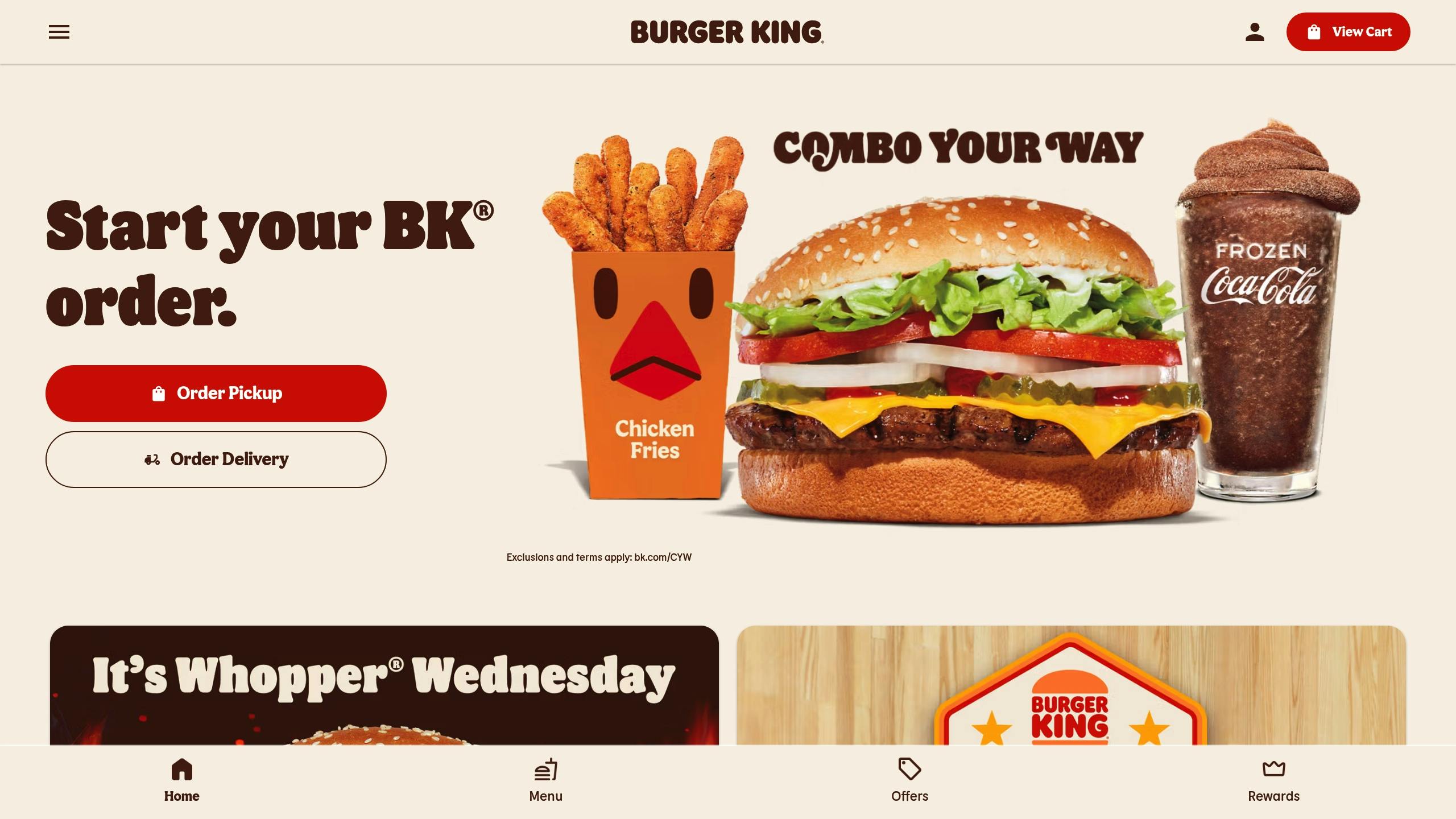
Campaign Method
In December 2018, Burger King rolled out a clever location-based campaign called "Whopper Detour." Using geofencing technology, the campaign targeted customers within 600 feet of McDonald’s locations across the U.S. The idea was simple but effective: lure McDonald’s customers to Burger King with a tempting offer.
Here’s how it worked:
- Geofences were set up around 14,000 McDonald’s locations, using real-time mobile tracking.
- Digital billboards displayed custom messages depending on the customer’s proximity.
- A 1-cent Whopper deal was offered through the Burger King app, but only when users were within the geofenced area.
Once near a McDonald’s, the app unlocked the offer and provided directions to the nearest Burger King, where customers could claim their 1-cent Whopper. This smart use of location data turned the competition’s territory into an opportunity.
Results
The "Whopper Detour" campaign delivered impressive outcomes over its nine-day run:
- The Burger King app skyrocketed from #686 to #1 in Apple’s App Store within 48 hours.
- Over 1.5 million users downloaded the app during the campaign.
- Around 500,000 Whoppers were redeemed using the promotion.
- Digital billboard impressions increased by 327% compared to previous campaigns.
- Store visit rates jumped by 54% during the promotion.
Fernando Machado, Burger King’s Global CMO at the time, remarked: "The campaign not only drove significant foot traffic to our restaurants but also demonstrated how location-based technology can transform traditional out-of-home advertising into a powerful conversion tool."
The campaign’s success earned several industry awards, including a Grand Prix at the Cannes Lions International Festival of Creativity in 2019, showcasing how behavioral targeting can elevate outdoor advertising.
sbb-itb-2e2e93f
Case Study 3: Guinness Weather Targeting
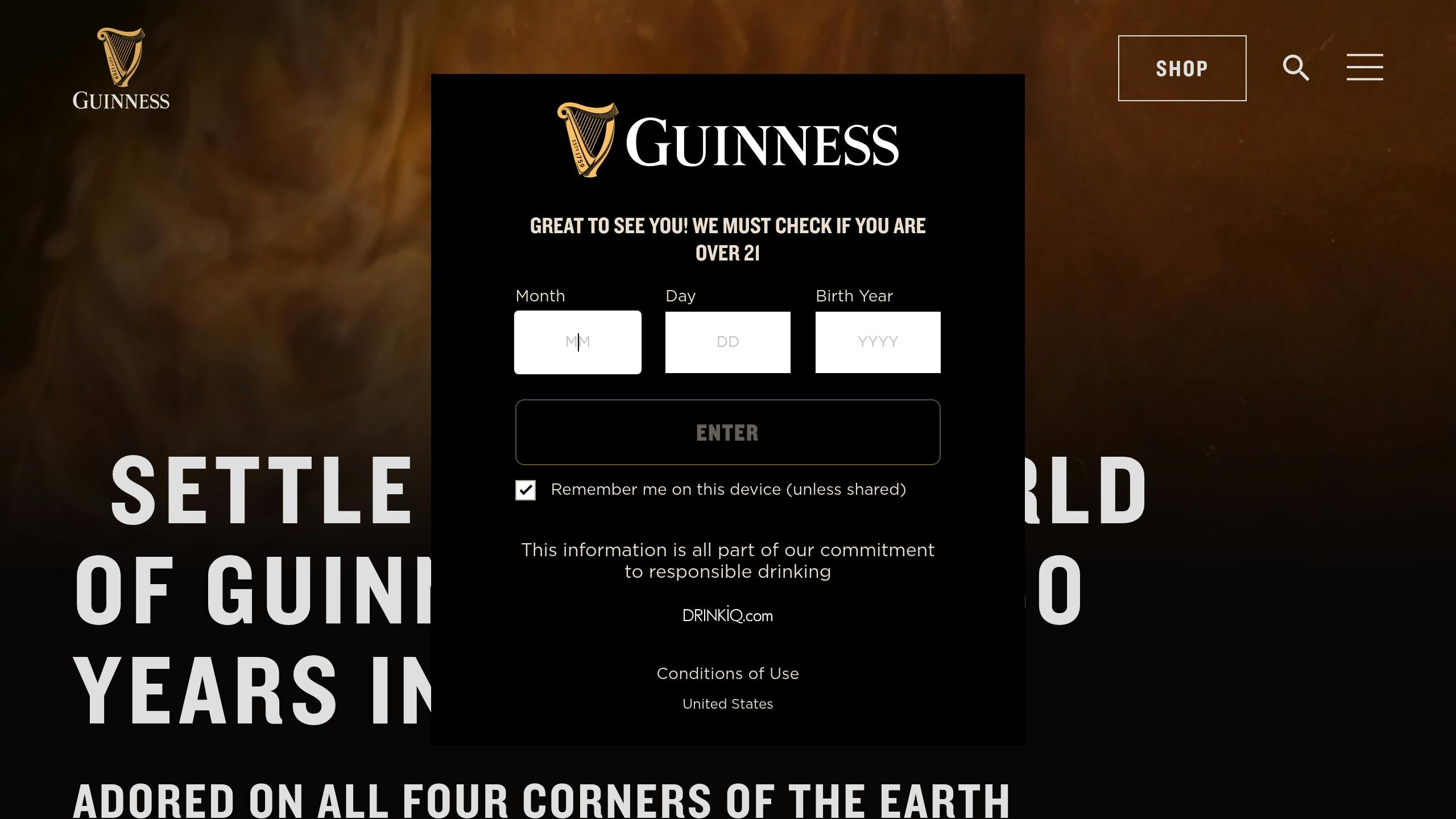
Weather Data System
Guinness rolled out a weather-triggered billboard campaign in major U.S. cities during the winter season. By using real-time weather data and a dynamic content system, the digital billboards adjusted their messages based on the local temperature. This allowed Guinness to deliver messages that felt timely and relevant to people in each area.
Sales Impact
The campaign led to noticeable results. Sales went up, more people visited pubs, and engagement with the brand increased. This effort showed how using real-time weather data in advertising can directly influence consumer behavior, driving both foot traffic and interaction with the brand. It highlighted the effectiveness of syncing outdoor ads with environmental conditions to connect with audiences.
Case Study 4: Betterment‘s City Targeting

Location Selection
Betterment, a digital investment platform, used mobile data to strategically place digital billboards aimed at urban professionals. They focused on high-traffic routes connecting transit hubs and commercial centers – areas where people were likely to pause long enough to absorb the message.
Results
The campaign delivered clear results. Betterment saw a boost in brand recognition, an increase in new account sign-ups in targeted locations, and higher mobile app engagement. One billboard in a key financial district outperformed the campaign average by a large margin, prompting the company to extend its efforts in that area. This demonstrated how behavioral insights can make out-of-home advertising more effective.
Case Study 5: QR Code Airport Ads
QR Code System
Expedia Group tested a new approach in major U.S. airports by using digital billboards featuring QR codes. These codes directed travelers to vacation deals specifically curated for their departure airport. This setup allowed for tracking and analyzing campaign performance.
Campaign Outcomes
While exact numbers weren’t shared, the pilot showed high engagement and provided valuable insights into traveler habits. The positive results led to the program being rolled out to additional airports, highlighting the effectiveness of these interactive QR code ads.
Lessons and Next Steps
These examples show how data-driven behavioral targeting has reshaped OOH advertising, shifting from static messages to dynamic, context-aware campaigns.
The use of location-based targeting and airport QR code campaigns highlights how tailored messaging can boost audience engagement. Combining these strategies with real-time data allows advertisers to fine-tune their messaging, making it more relevant and impactful.
Tracking engagement through QR codes and mobile interactions also gives advertisers critical insights for improving their campaigns. As Paul Willey, Owner of Mr. Charlie’s Chicken Fingers, explains:
"Working with Blip has given Mr. Charlie’s the momentum to get our new location on the map while boosting growth at our original location"
Looking forward, new technology is making digital billboard advertising easier to use and track. With advancements in analytics and multi-data targeting, OOH campaigns are set to reach new levels of effectiveness.
